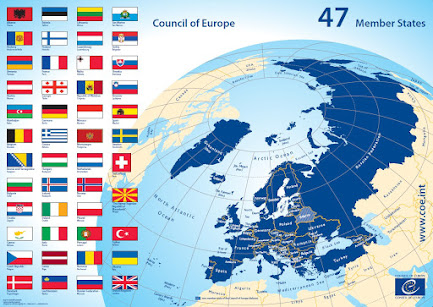Relation
between language and culture when studying a foreign language.
Dwyer
(1996) states about the incorporation of culture into the Foreign Language
Curriculum.
Language
teachers have been at the business of incorporating cultural information into
their foreign language classes, long before it became popular to do so. While
these teachers may not have used the term culture, they are certainly aware of
the fact that one does not communicate in a foreign language by grammar and
vocabulary alone. Yet now that experts are suggesting that teachers add “culture”
to their language classrooms the situation becomes problematic because it is
not really clear what this means in practice. (Dwyer, 1996).
Language
and culture have different meanings. Teachers combine language and culture into
foreign language teaching to facilitate teaching foreign languages to their
students. By teaching language and culture, it can make it easier for students
to talk to foreigners, and it can also add knowledge of language and culture to
students.
The
teacher teaches foreign languages and culture, when there is a word or sentence
that shows a cultural understanding in foreign language lessons. For example,
in the reading text there is the phrase "Happy Valentine's Day" which
means a day of love which is usually celebrated in western countries.
References
Riyanti, Rahayu Dwi and Darminah, and Chandrawati, Titi and Arifin, Tajul (2013) Cross Cultural Understanding. In: What Is Culture. Universitas Terbuka, Jakarta, pp. 1-34. ISBN 979011057X
Austen, Jane, 1987, Pride and Prejudice, Galley Press, Leicester.
Adams, Penny, Brian Heaton and Peter Howarth, 1989, Socio-Cultural issues in English for Academic Purposes, MacMillan Pub, London
Byram, Michael, 1997, Cultural Studies and Foreign Language Teaching, in Susan Bassnett (ed), Studying British Cultures, Routledge, London.
Dwyer, Davis, Antonia Schleicher and Lioba Moshi, 1996, The role of culture: In the language classroom, __
Goddard, Cliff, 1996, The “Social Emotions” of Malay (Bahasa Melayu. Ethos 24 (3): 426-464.
____________, 1997, Congtrastive Semantics and Cultural Psychology: „Surprise‟ in Malay and English. Culture and Psychology Vol 3 (2):153-181.
Gurito, A, 2003, Culture, unpublished paper.
Mingkid, Hermanus Karel dan Sudradjat S, 1995, English for the SLTP, M2S, Bandung
Suyitno, Imam, 2000, Pemahaman Aspek Budaya dalam Tindak Berbahasa, Bahasa dan Seni 28 (2): 147-159.
Wardhaugh, Ronald, 1998, An introduction to sociolinguistics, Blackwell, Massachusetts.
Wierzbicka, Anna, 1992, Emotion, Language , and Cultural Script, in Shinobu Kitayama and Hazel Rose Markus, Emotion and Culture: empirical studies of mutual influence, American Psychological Association, Washington.
______________, 1997, Understanding cultures through their key words, Oxford University Press, New York.
https://www.minews.id/wp-content/uploads/2020/02/Survey-CupoNation-Soal-Valentine-Day-Sulawesi-Utara-Daerah-Teromantis-di-Indonesia-696x464.jpg




































